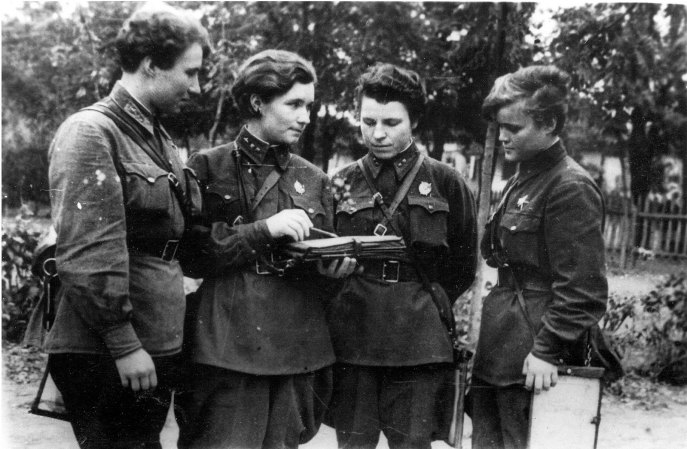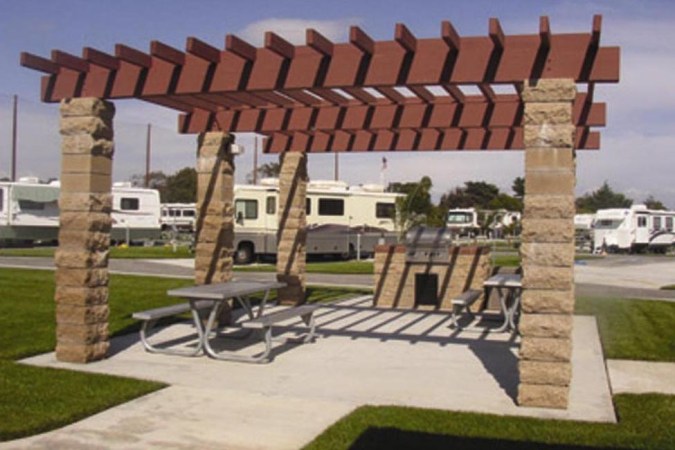Forget everything you think you know about losing fat through exercise. I’m going to sum it up into one simple sentence. “Burn more energy than you take in.” That’s it.
When trying to figure out how to do this, most people ask the same basic question: “What type of cardio should I do?”
That’s the wrong question entirely. The right question is: How can I most significantly impact the amount of calories I burn in a day?
The answer may surprise you…

How to burn the most fat
Most people assume that if they jack up the amount of activity they do, they will be able to “burn” the most calories and lose the most weight.
In reality, the largest factor contributing towards our daily calories burned isn’t our activity, no matter how much we run or how many times we visit our local Box in a day–it’s our resting metabolic rate.
Resting metabolic rate is the amount of calories we burn just from existing. It’s about 75% of all calories burned in a day. By figuring out how to manipulate it, we can have the largest impact on total calories burned and melt the most fat off our frames.
The question then is what type of exercise will impact resting metabolic rate the most?

How weight training works
When we lift weights, we are causing (healthy) damage to our muscles that requires repair. That repair requires a lot of energy that can take up to 48 hours to complete.
In a properly set-up training plan, each session gets progressively harder and causes more damage than the previous session, which causes the body to work harder to repair it, and therefore, to burn more calories in its resting state.
The repair process also ensures that you are bigger, which requires more energy just to sustain your size. It literally increases your resting metabolic rate!

Your body is like the barracks that young E-dogs live in. Lifting is like Libo. When it occurs, things get messed up and need repair.
The repair process in the barracks gets things back to baseline. But depending on how hard they threw down, sometimes things need to get reinforced, like doors. On the next Libo, it’s going to take a much harder drop kick from LCpl Schmuckatelli to knock in that door.
The repair process in your body reinforces your muscles every time you cause muscular damage through weight training, so that you are always getting stronger and burning more calories.

Cardio, on the other hand…
If you want to be muscular with a low percentage of body fat, lifting is a better choice than cardio. The primary purpose of cardio is to work your cardiovascular system, NOT to burn fat. The amount of calories that cardio burns is limited to just the moments you are actually running. Unlike lifting, where the body continues burning calories during the repair phase for 48 hours after your training session, for cardio, there is no significant after-effect.
When we run, we are working out our hearts. As a result, when we run at a long slow pace, cardio forces the rest of our body to become more efficient at moving by doing things like improving our form and shedding excess body weight indiscriminately, which often means shedding muscle. Cardio prefers to make the muscle it doesn’t shed more efficient and thrifty, rather than larger, stronger, and hungrier for energy.
Essentially, running just makes you a more efficient runner, as the body optimizes its processes so that you actually use as little energy as possible, rather than burning more calories. It’s common for people doing cardio for weight loss to completely plateau after awhile, because their body’s gotten really good at doing cardio. They might spend an hour on the elliptical machine and burn almost no fat at all.

If you’re a runner, running a mile at your current weight burns fewer calories than it did when you were obese and had terrible running form.
In our barracks analogy, cardio is the new Commanding Officer that takes away Libo. What that CO is really doing is taking away the opportunity for the repair process to make the barracks more resilient against drop kicks.
Over time, not only are you burning fewer calories while running than you used to, but you are burning fewer calories in general because you have less muscle mass.
Worse yet, if you don’t compensate for this change in body weight and total calories burned in your diet, cardio can potentially cause you to actually GAIN FAT.

Lifting = higher resting metabolic rate. Cardio = lower resting metabolic rate
When training, if you aren’t causing damage to your muscles through resistance training, your body is instead trying to figure out how to do that training more efficiently. That efficiency will come with less fat burned over time.
The most effective way to increase the amount of energy you burn in order to facilitate fat loss is by resistance training.
The alternative, cardio, comes with the negative side effect of indiscriminately targeting muscle as well as fat in its purge towards efficiency.
If you want a more in-depth explanation of how these two types of exercise work, check out this article on the topic.



























